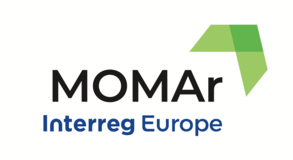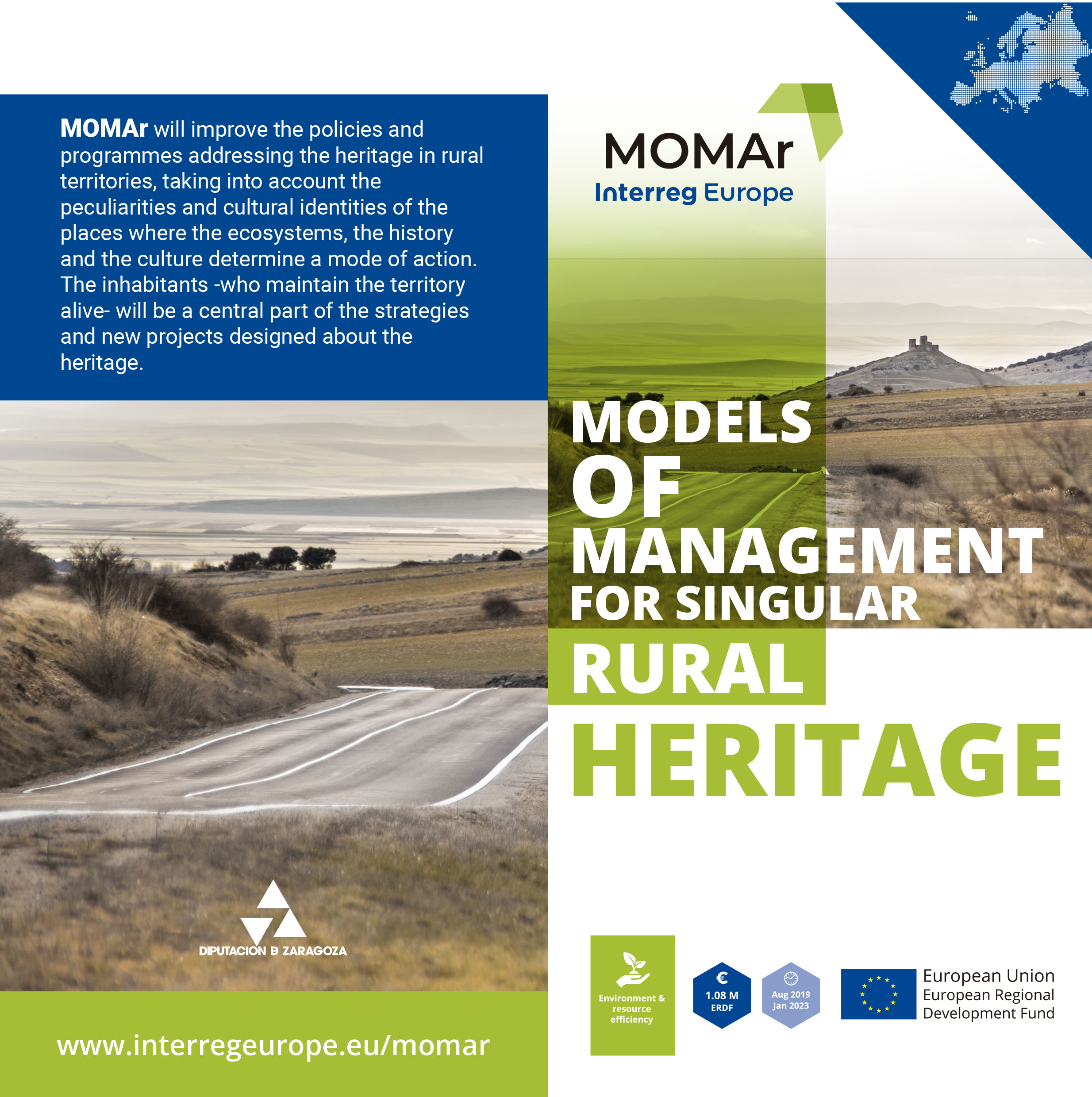On May 20, the MOMAr scientific team of Zaragoza Provincial Government carried out a MOMAr tour through the eastern area of Zaragoza, visiting towns in the Bajo Cinca regions and those encompassed in the so-called ‘Sea of Aragon’, the Ribera Baja del Ebro and Lower Aragón Caspe.

The visit began in the Mequinenza Museum system, where the MOMAr team was received by the director Javier Rodés and Maria Rosa Pons. The Museums of Mequinenza focus their discourse on the same town of Mequinenza that was flooded under the waters of the Ebro river by the construction of a dam. It consists of three museums, the main building, the old school of the town, where you can take a tour through the history of this unique village and where there is a space reserved for the figure of the Spanish writer, Jesús Moncada. The third space, the Museum of the Mine, allows us to understand the mining past of the town, entering a gallery of more than 1km in length with historical material and machinery that has been used for the extraction of coal for more than 150 years in the Mequinenza mining basin.

In addition, the town has other heritage resources such as a Gothic castle-palace from the late 14th and early 15th centuries that is located on top of a hill at about 185 meters above sea level, being a strategic and unique enclave that offers a spectacular panoramic view of the confluence of the Segre, Cinca and Ebro rivers. The castle was besieged by Napoleon's troops during the Spanish War of Independence, the difficulty in its conquest led to the town's name being inscribed today in the Arc de Triomphe in Paris. The project team discussed with the museum managers some initiatives that are expected to take shape in the upcoming months.

Afterward, a technical visit was made to the Center for the Development of the Sea of Aragon Counties, a non-profit association established in 1994 with the aim of promoting socio-economic development in the Bajo Aragón Caspe - Baix Aragó Casp and Ribera Baja del Ebro regions, through the management of the Leader program.
There, the MOMAr team discussed with its coordinator, Isidoro Ricart, the current situation of heritage management in the territory, which ranges from archaeological sites to important Gothic and military monuments, passing through the heritage submerged by the construction of the dam and which also has an important relationship with the new landscape and the recreational possibilities of the artificial lake.












